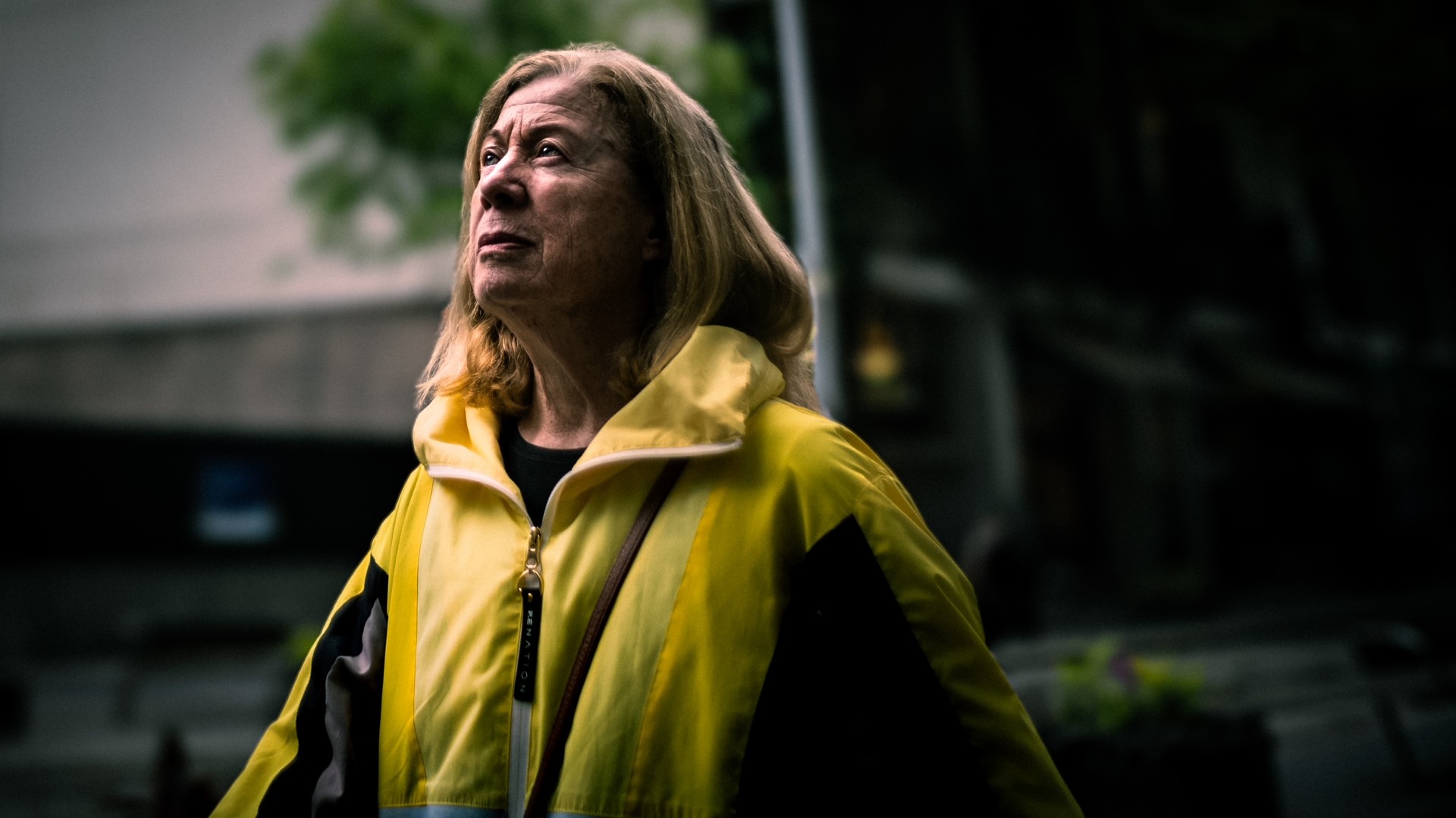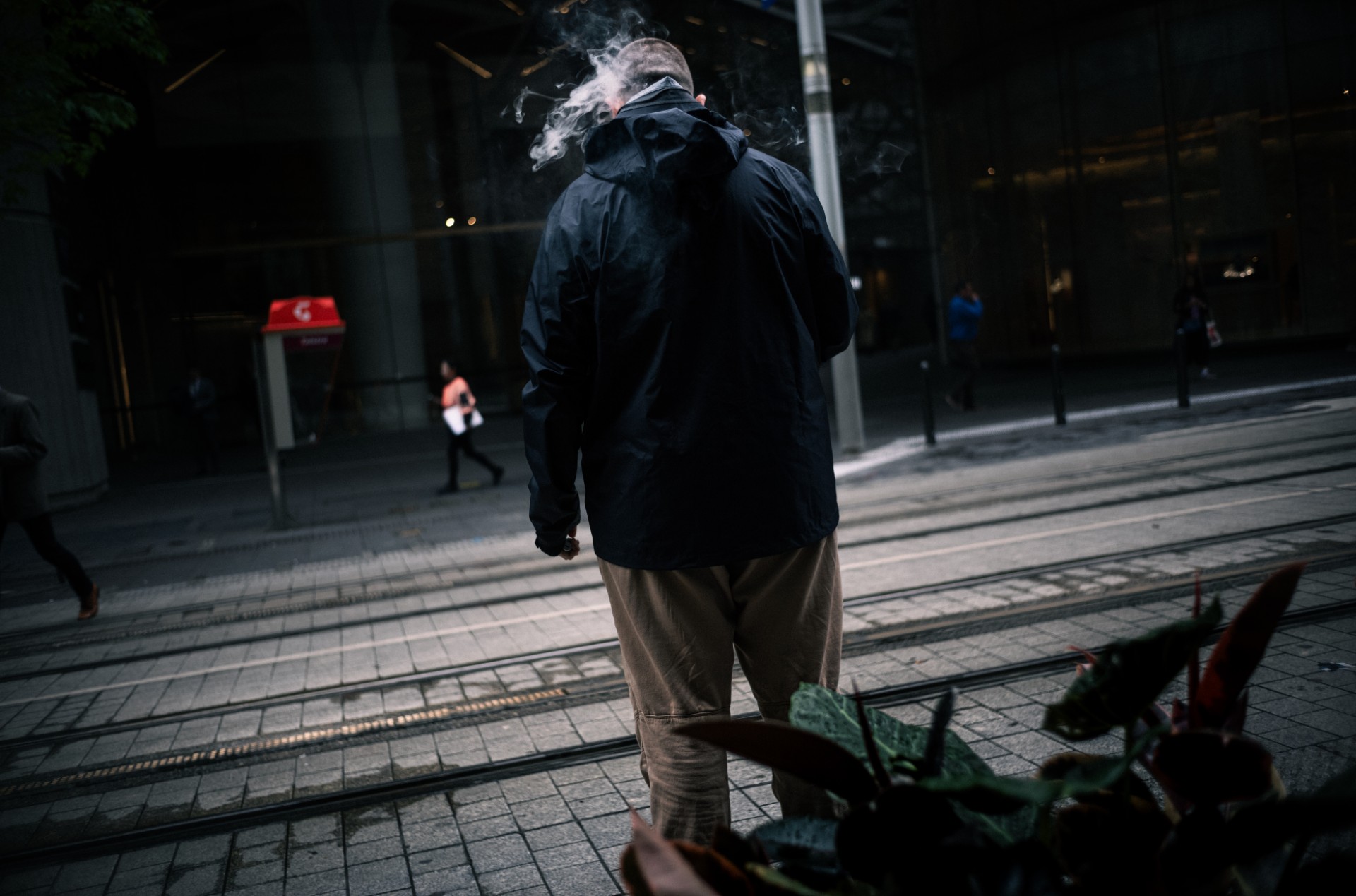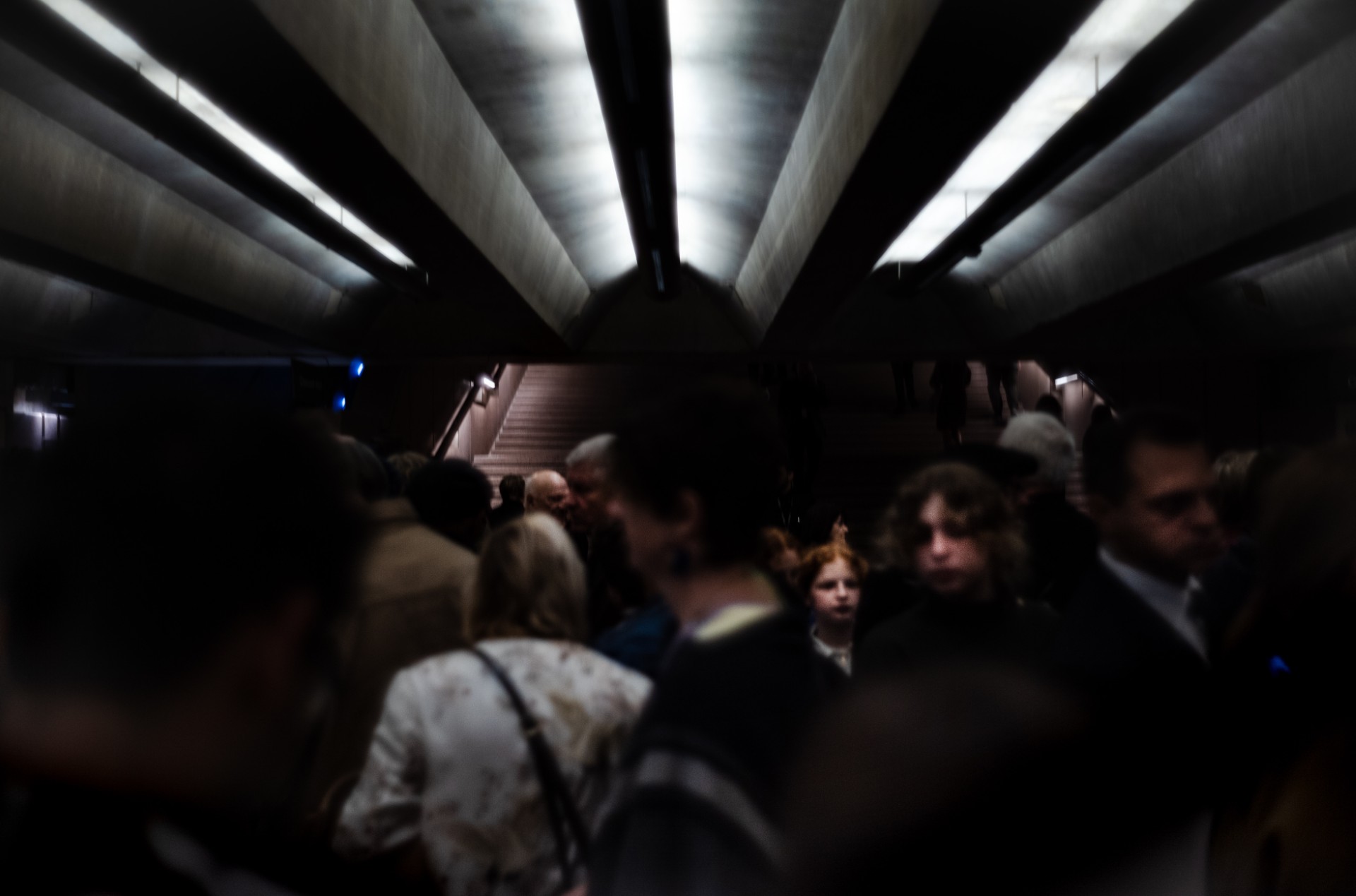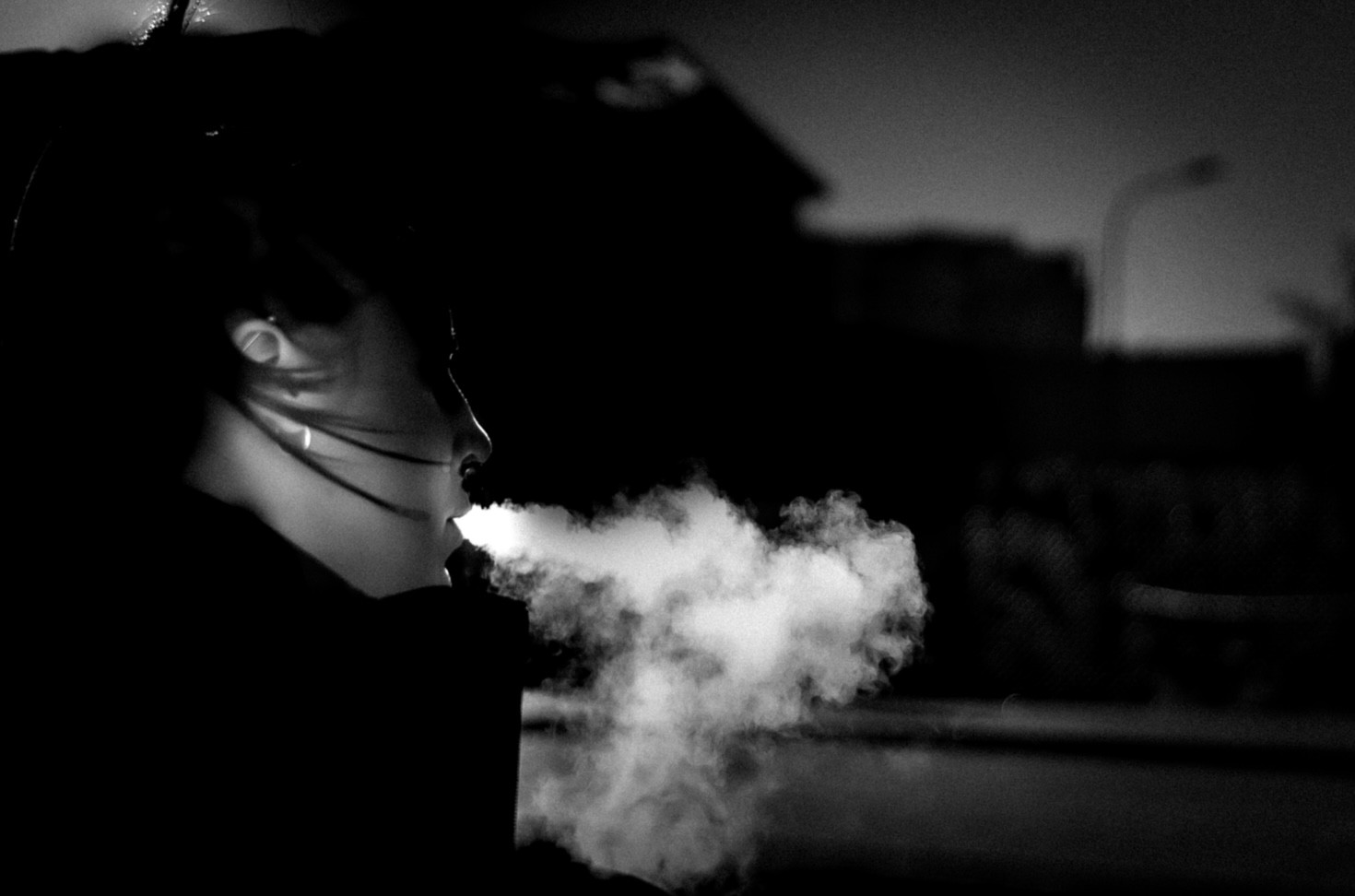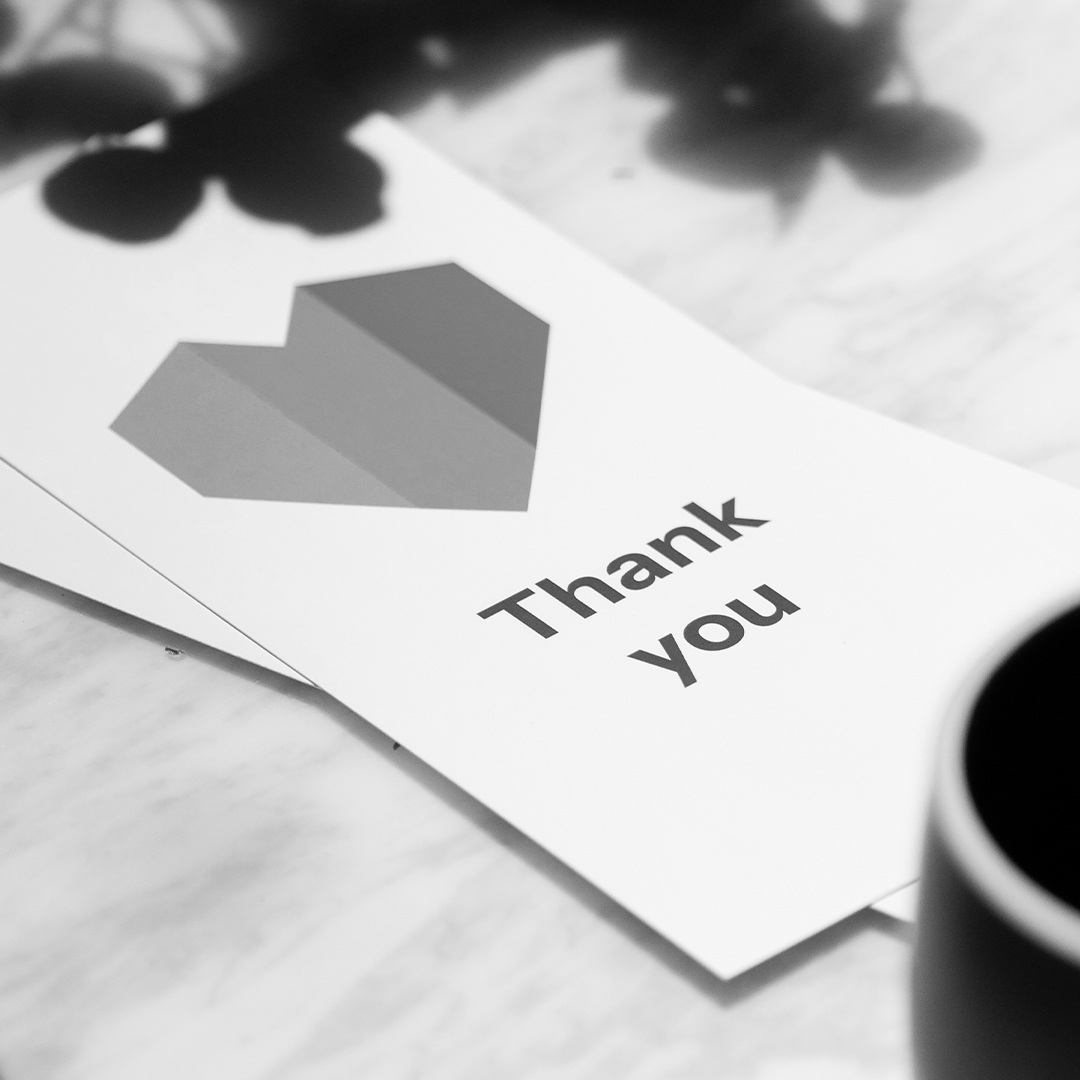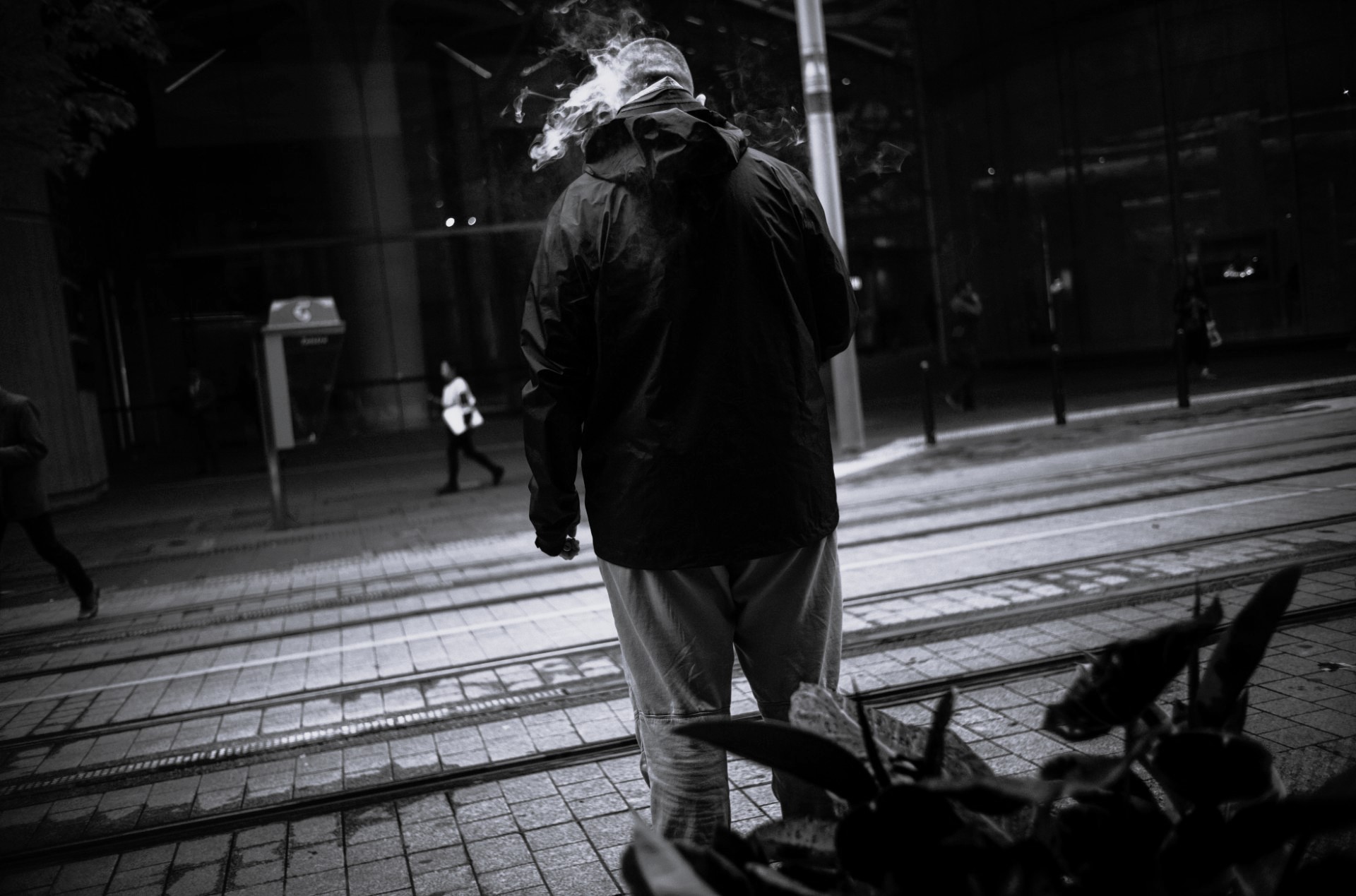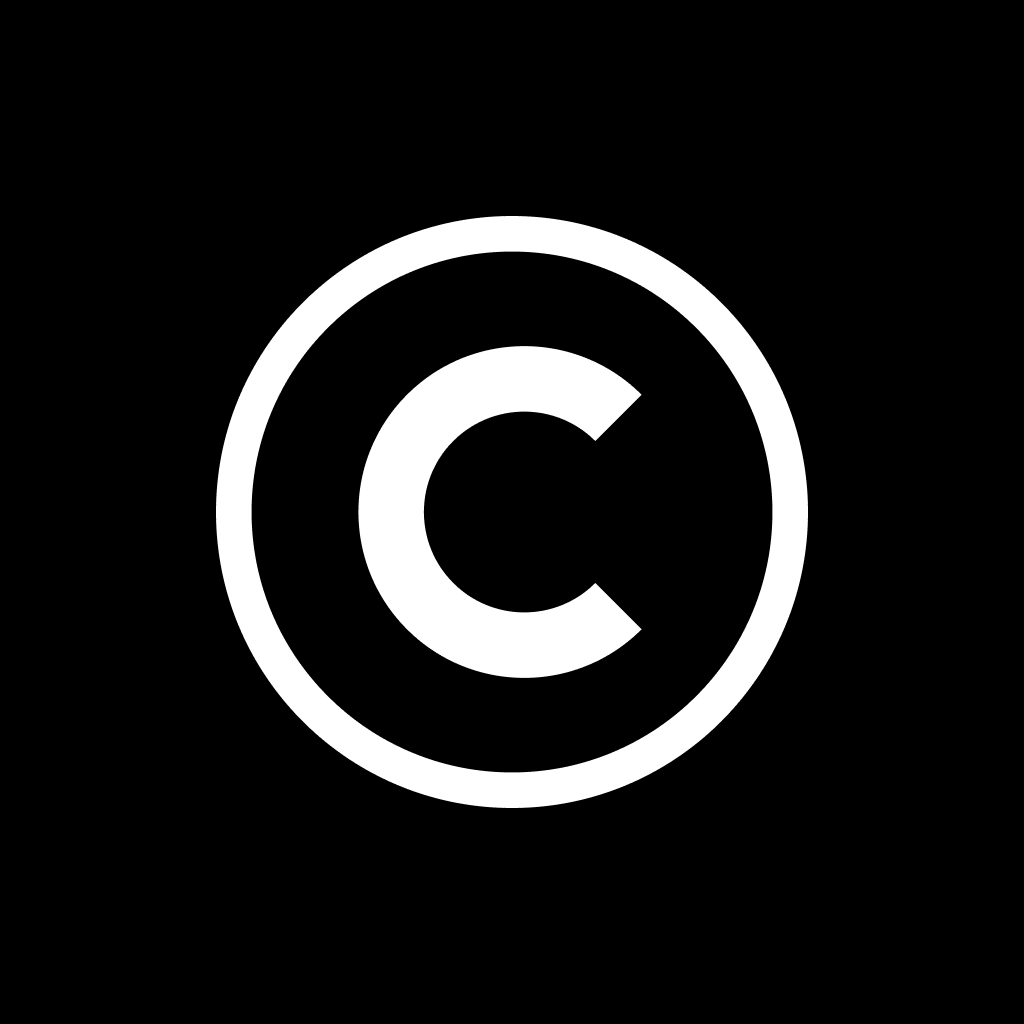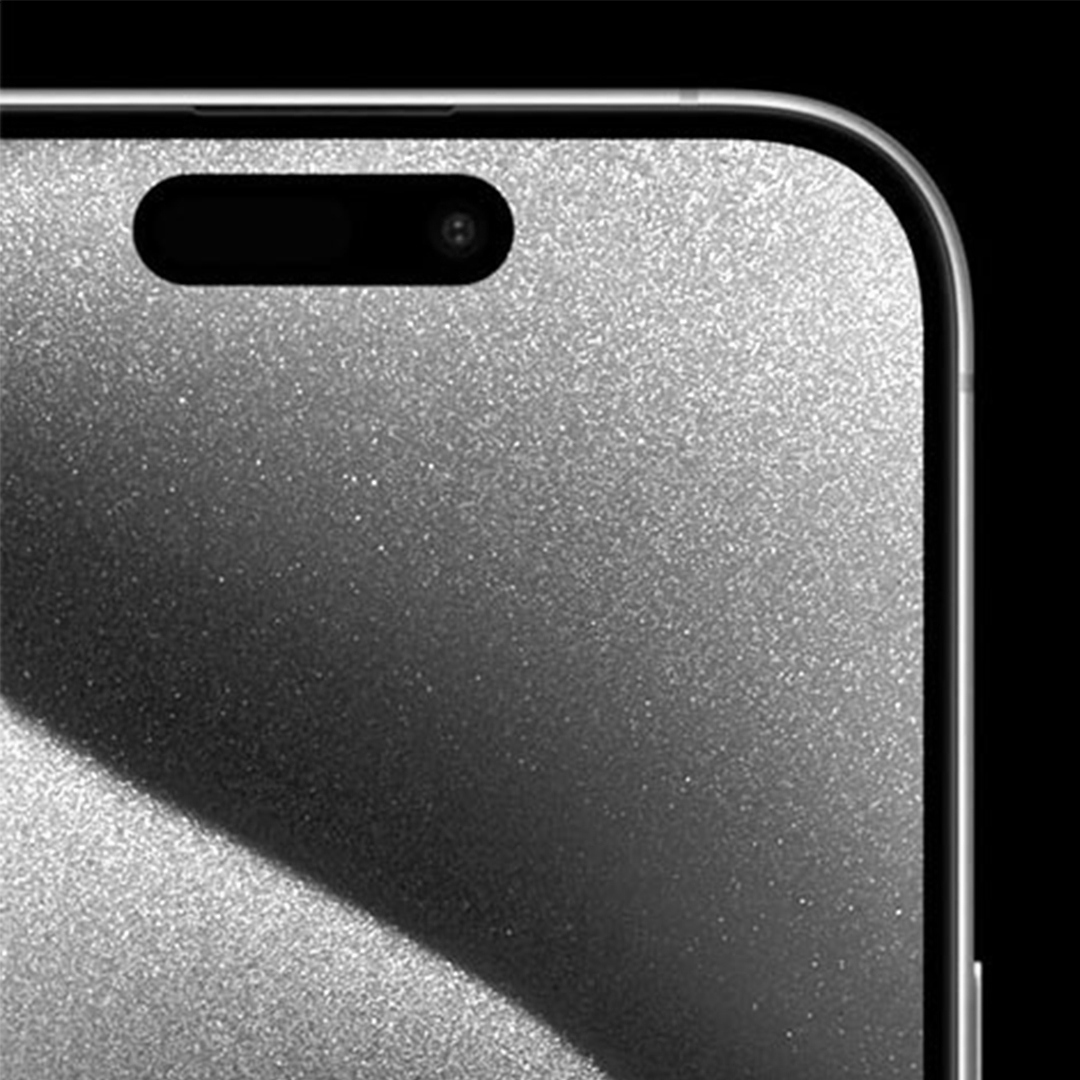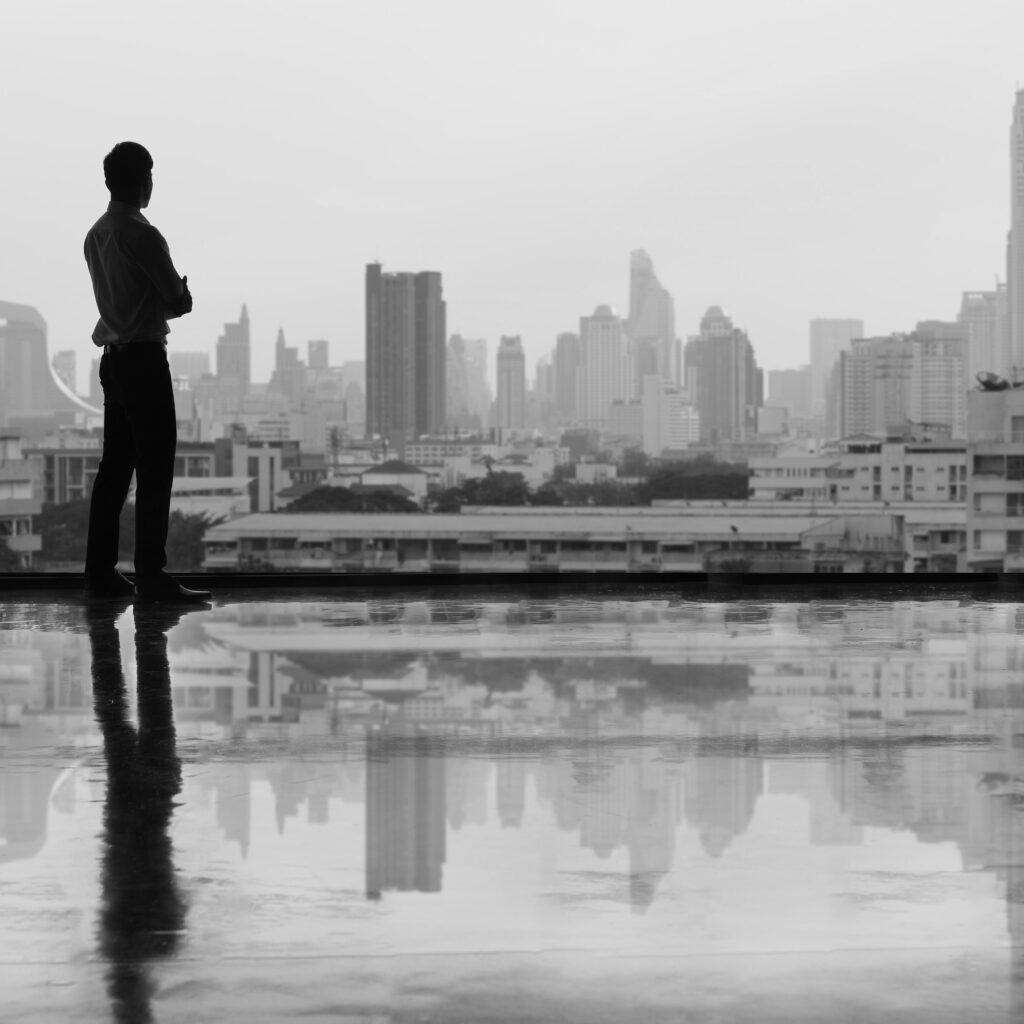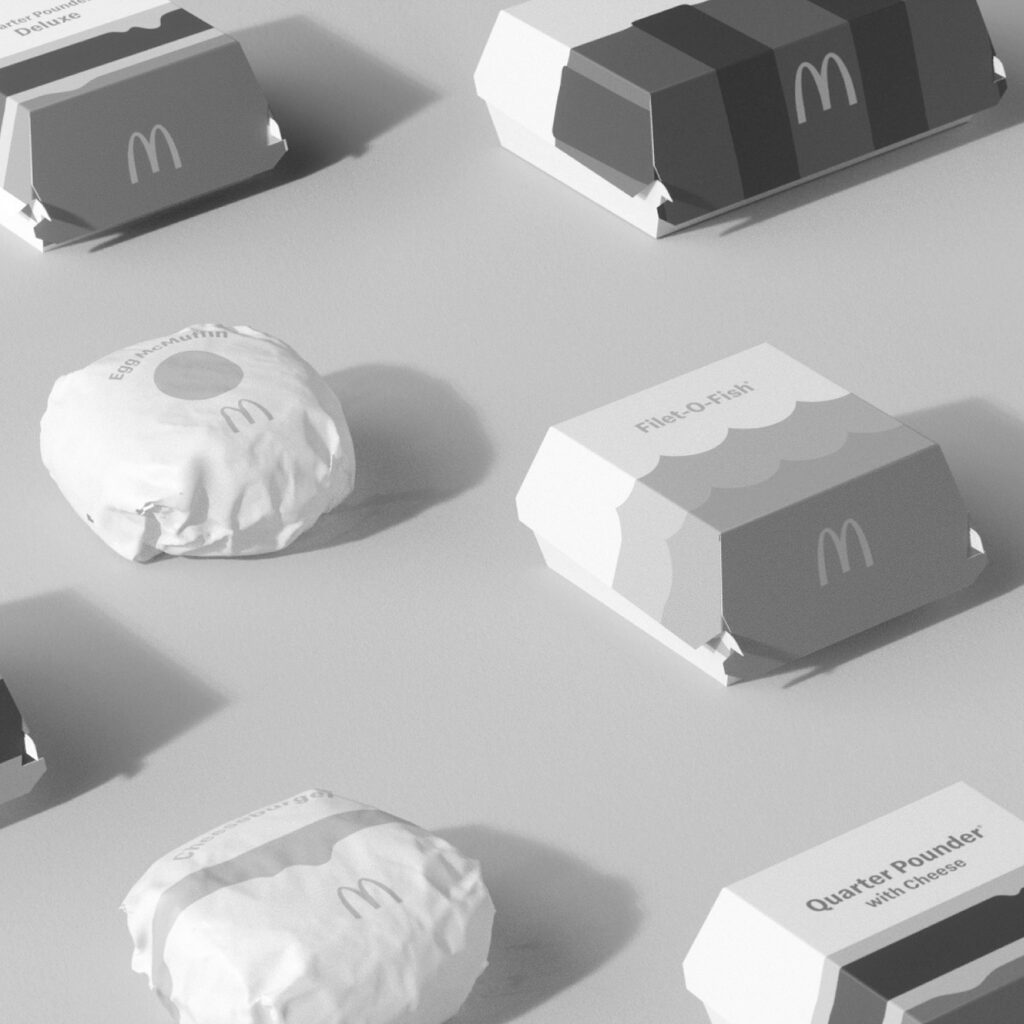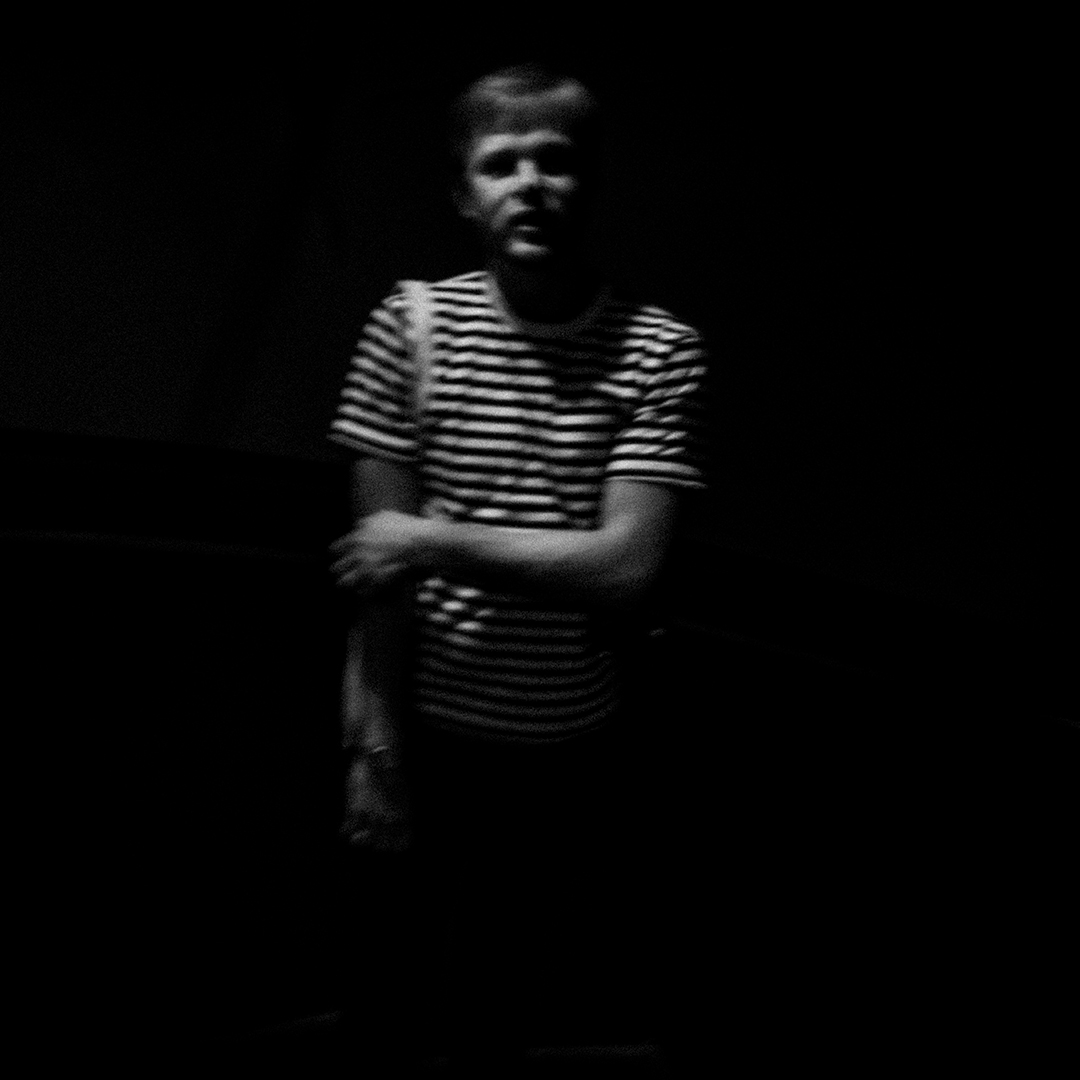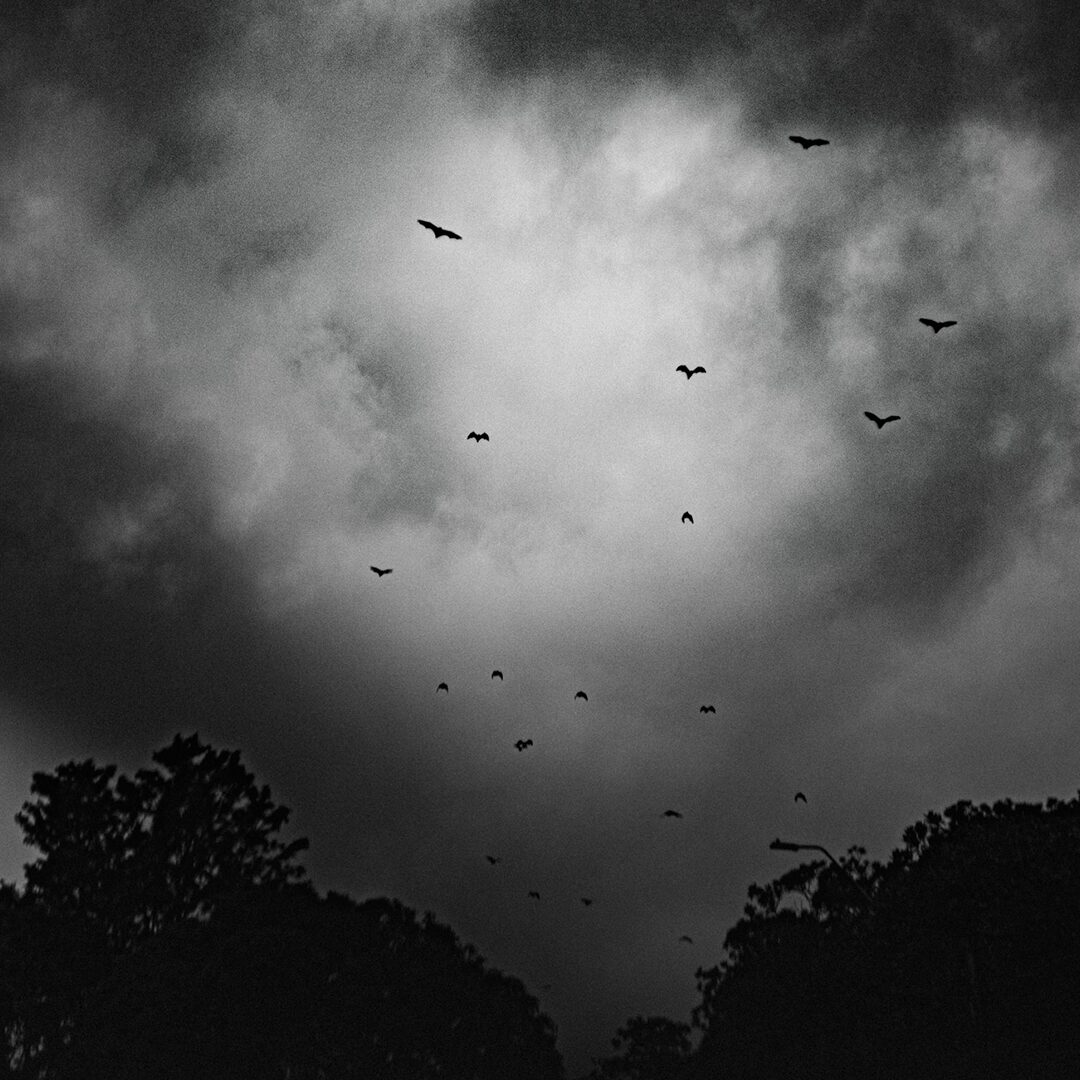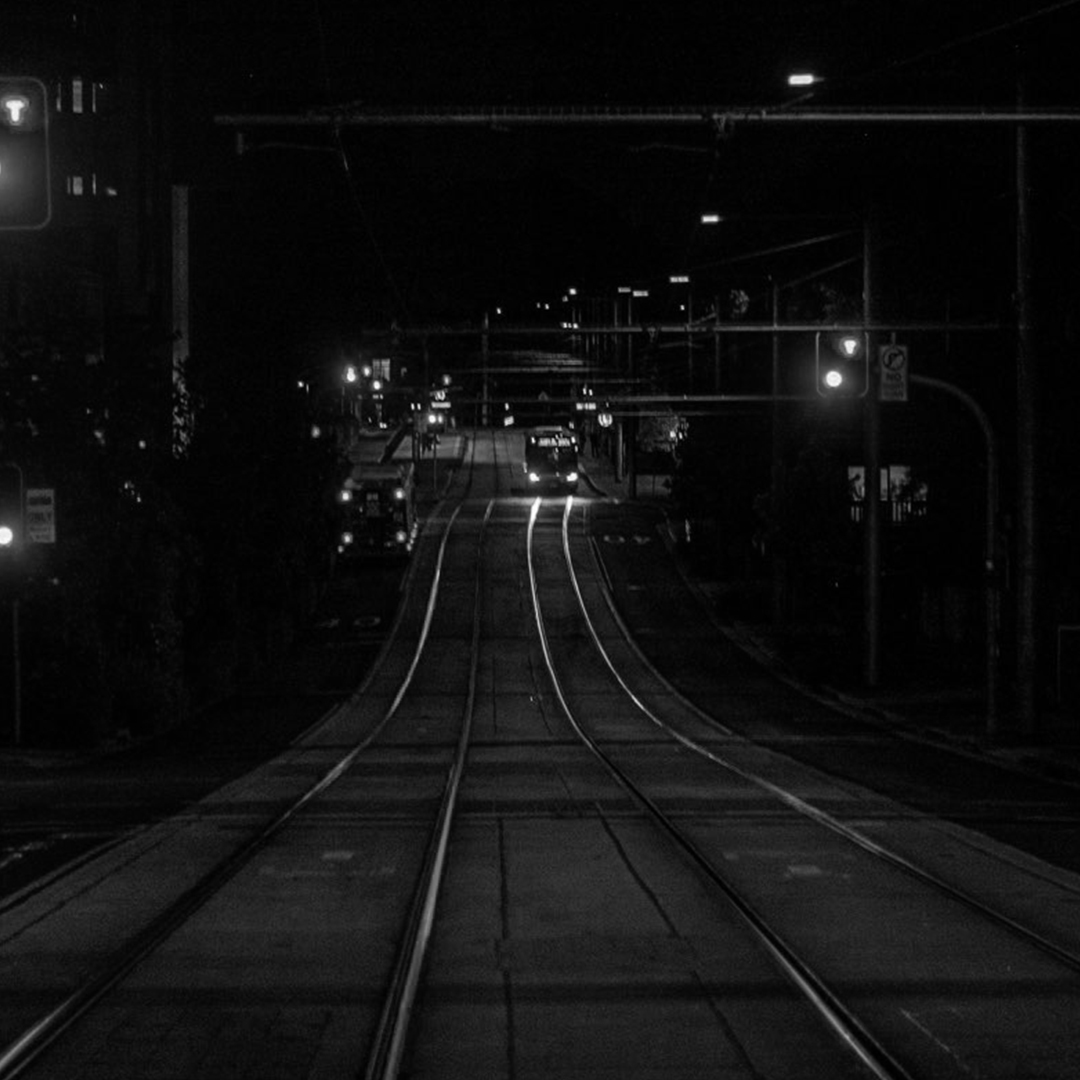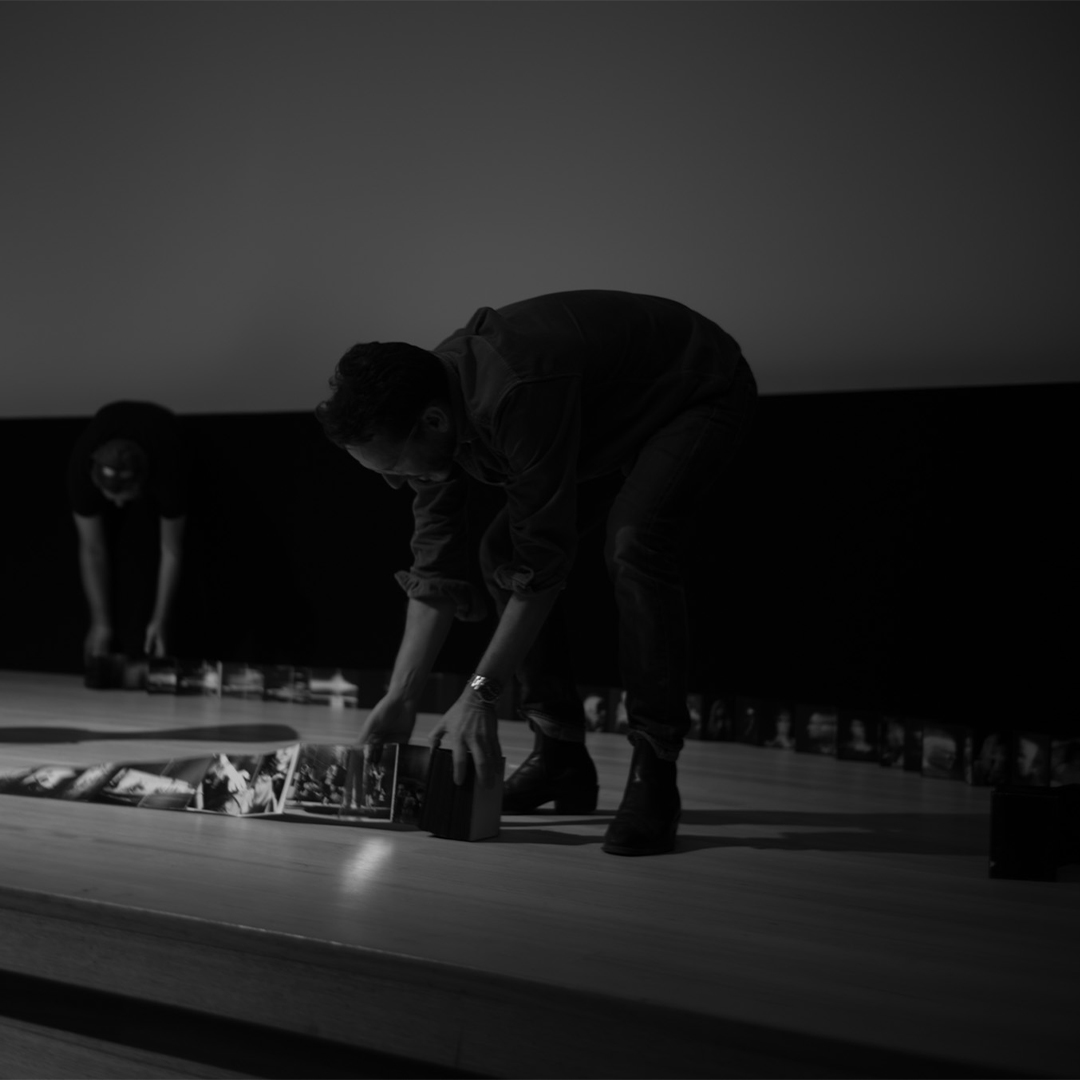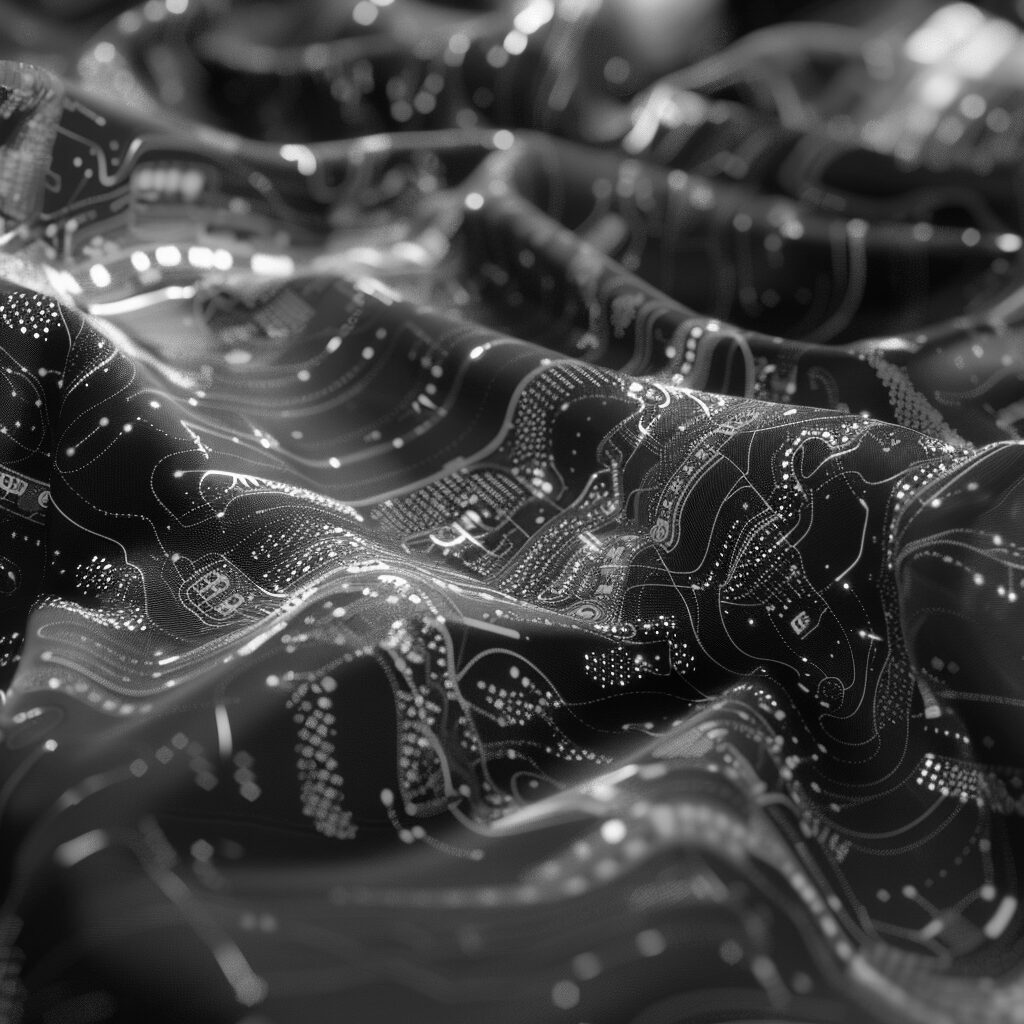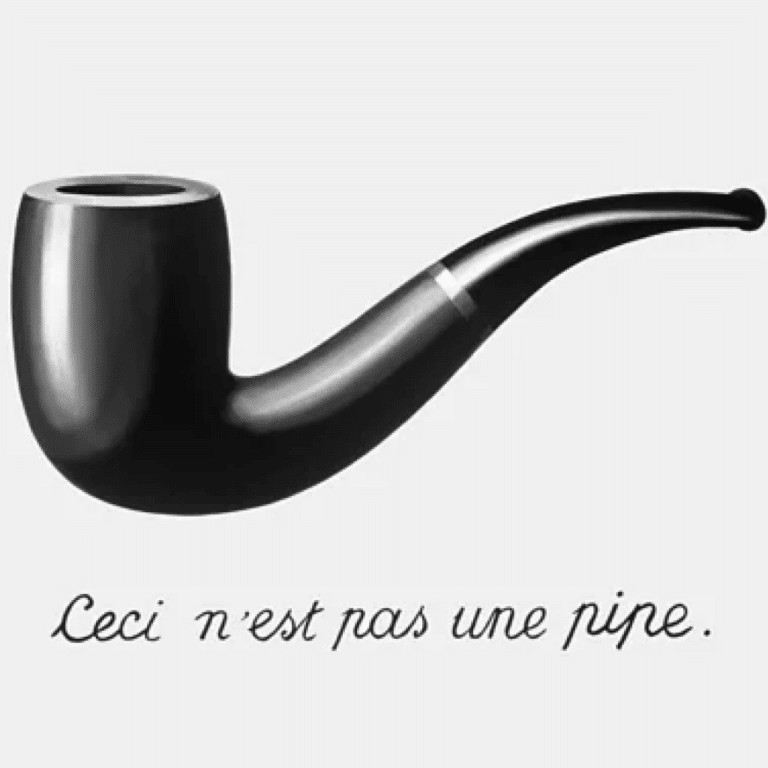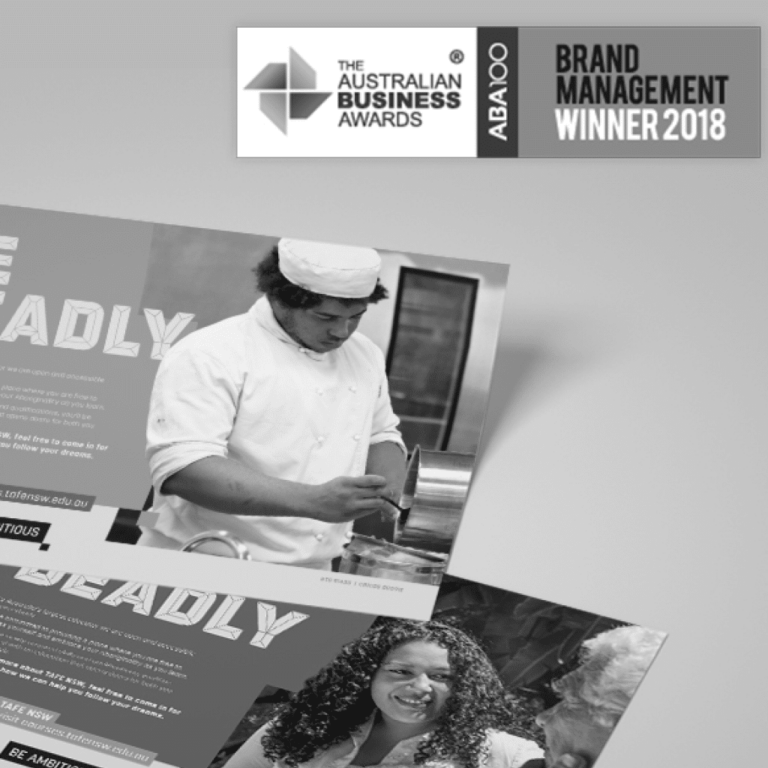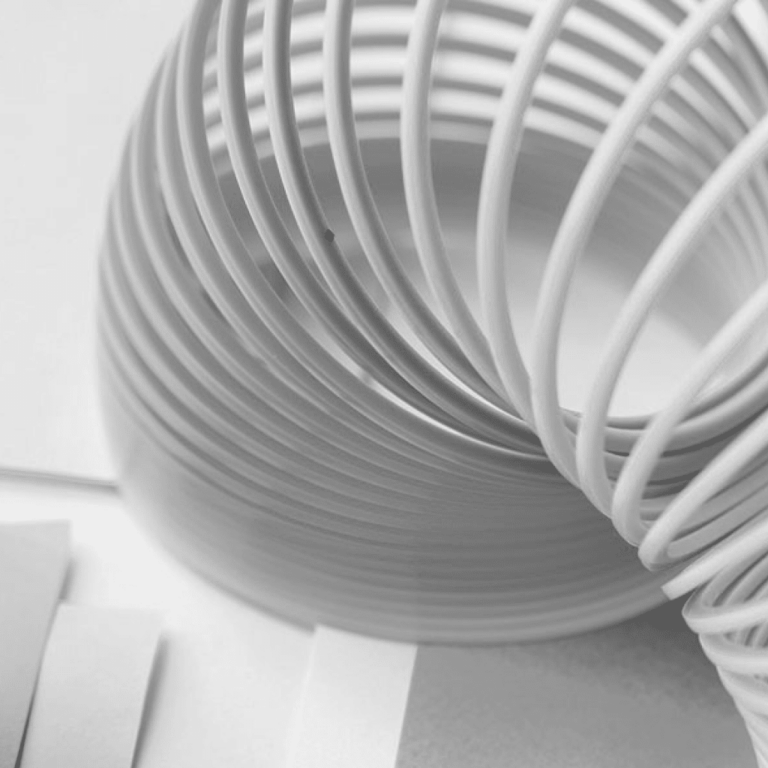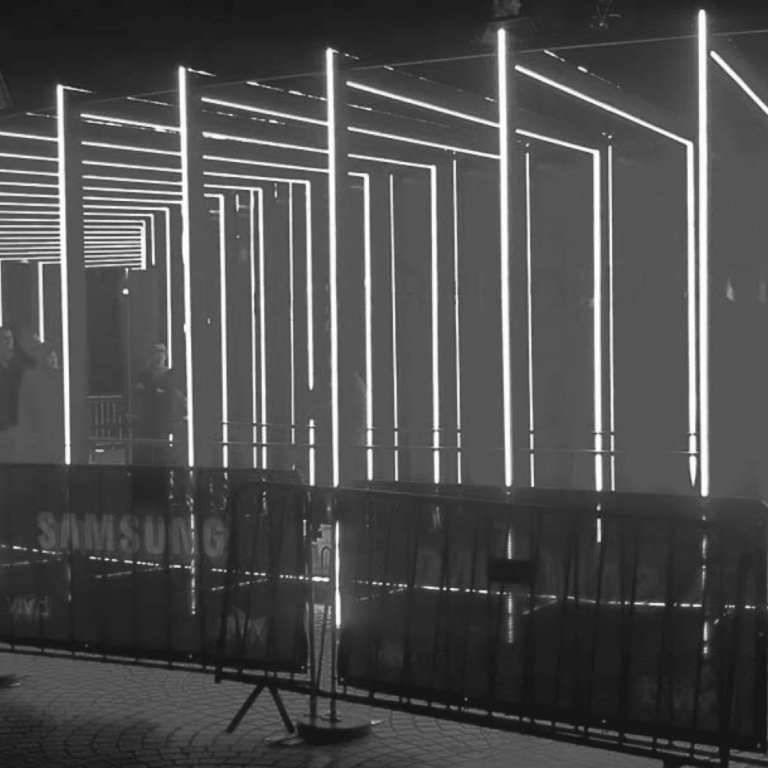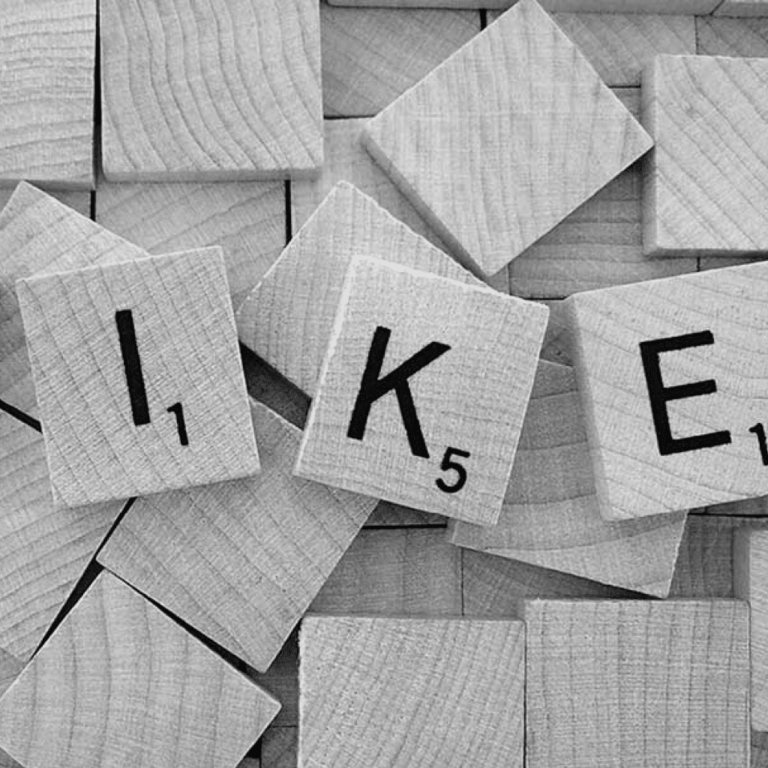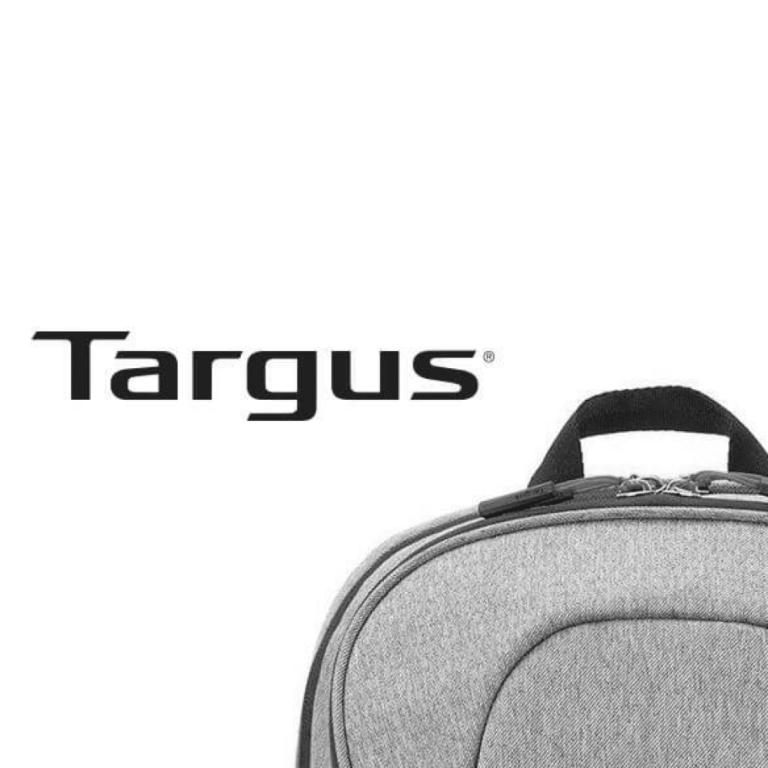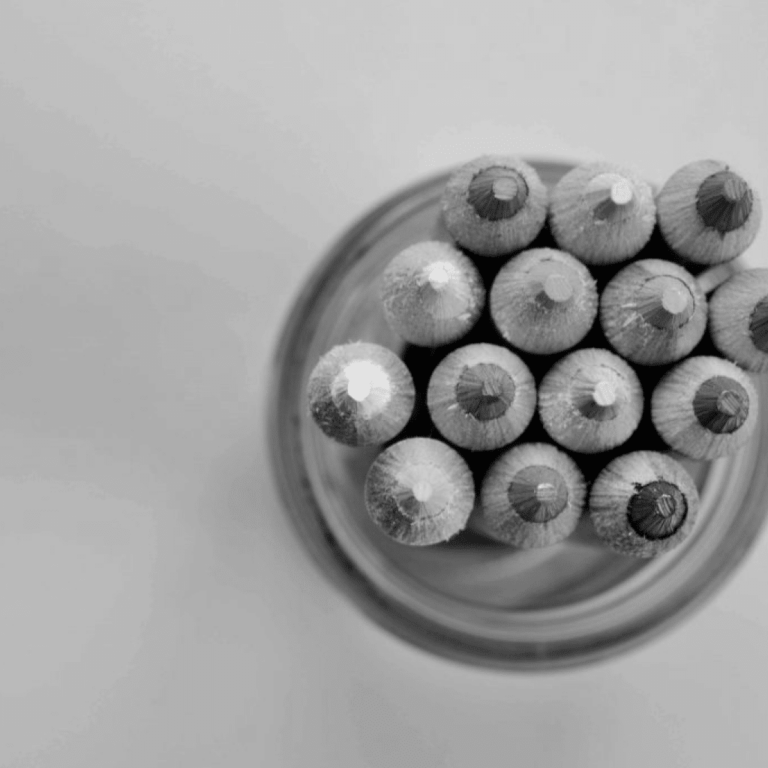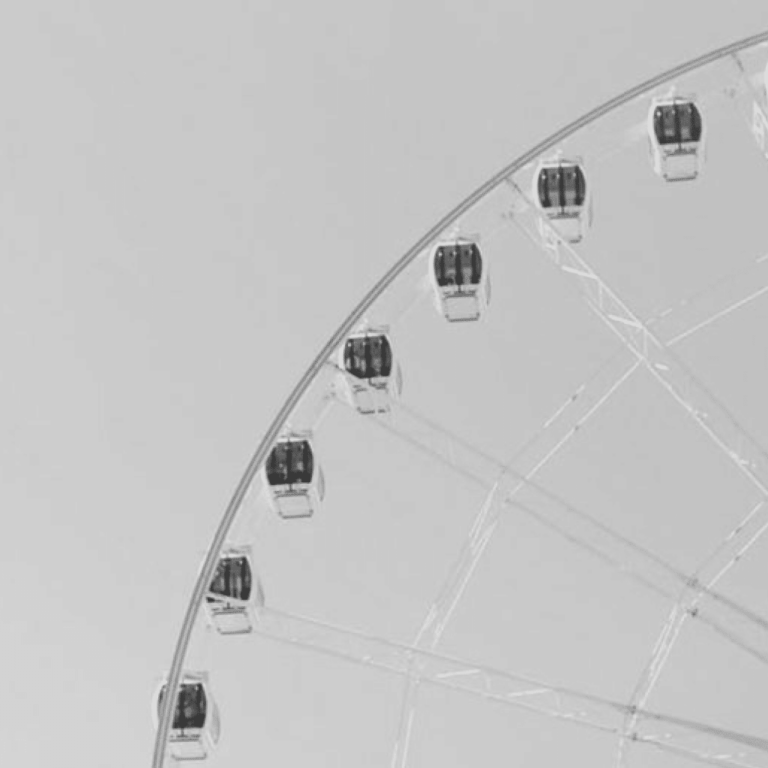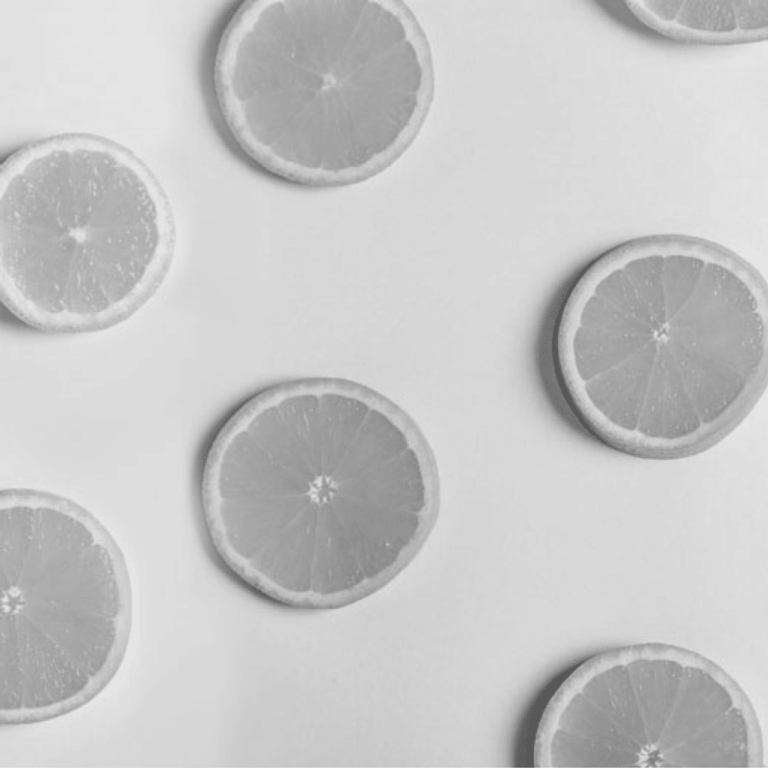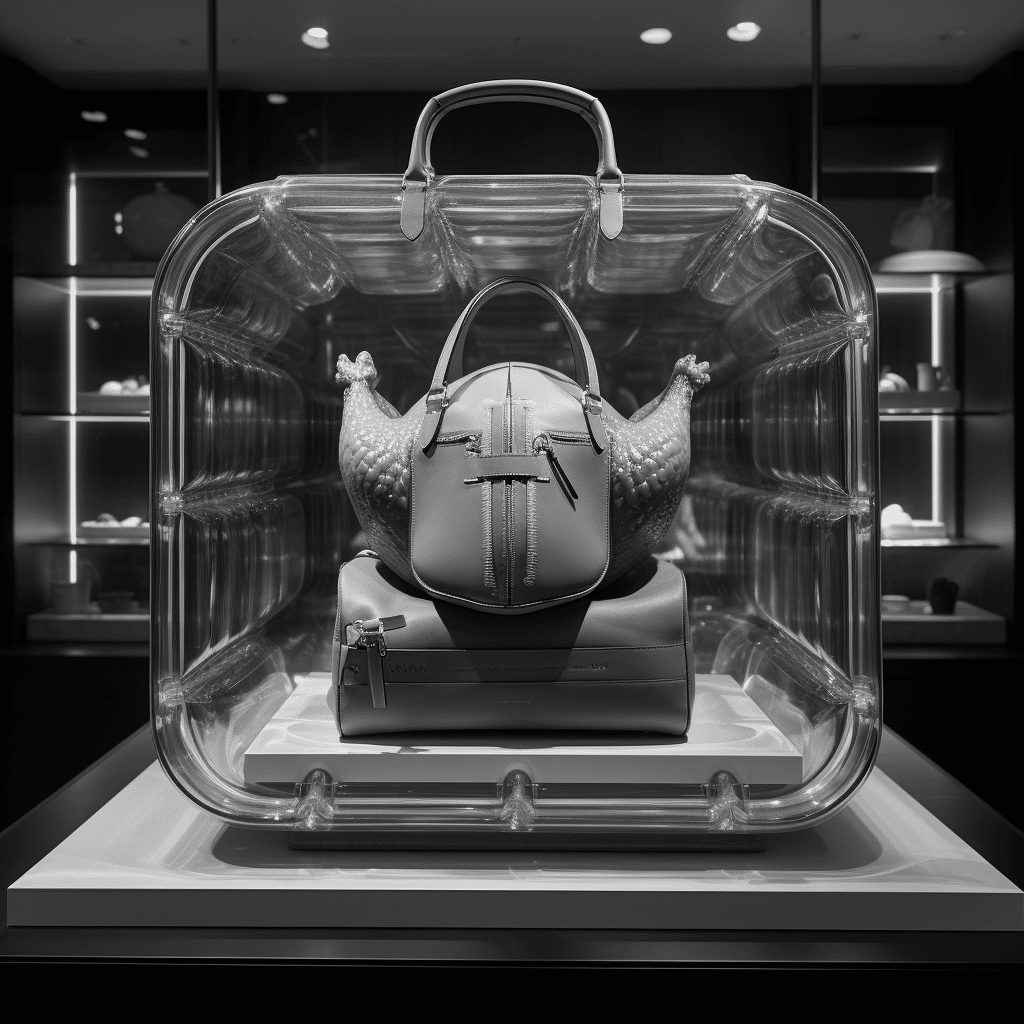INSIGHTS / CREATIVE & PHILOSOPHY
A Journey Toward Authenticity in My Photographic Works
DAN RATNER on 17/10/2024 | Photography by Dan Ratner aka @streetscaping
Photography is, at its essence, an act of perception.
But often, in striving for a perfect shot, we risk becoming disconnected from the world in front of us. This article is about documenting my personal journey in photography: learning to embrace the present and capturing what emerges naturally—I’ve coined this approach ‘shooting what you see, not seeing what you shoot.’
It’s about learning to trust your instincts, letting light, texture, and subject fall into place, and discovering the authenticity in the moments unplanned.
The Philosophy:
Presence in the Scene
Henri Cartier-Bresson famously spoke of the “decisive moment”—that precise instance where everything aligns—the composition, the light, the subject—to create a powerful photograph.
His method was hardly about meticulous preparation, but rather an instinctual response to a fleeting alignment of elements in the world around him
He described it as a synchronization between what he saw and his internal sense of geometry and timing—a split second of creation that reflects the truth of the scene before him – by definition he was shooting what he saw, and we benefit from what he saw, in his photography even still today.
Similarly, my philosophy hinges on embracing what unfolds before the lens without overthinking, staying connected to the fleeting beauty of the moment.
I have stopped obsessing over perfection, and consequently created the room for authenticity—those small but significant moments that are more about feeling than precision.
Susan Sontag in On Photography talks about photographs, for all their beauty, are but fragments of reality, offering a mere glimpse into the full context of the moment. This fragmentation, she says, can create an illusion of participation while actually distancing us from true experience.
My goal is to resist this detachment by staying present, allowing the scene to dictate the image rather than imposing any control. Letting the cards fall where they may and in doing so capturing the authenticity of the moment.
The camera thus becomes an extension of the eye and the mind.
We are fortunate to live in a time when technology has evolved to give us virtually unlimited opportunities to capture moments—digital photography has provided us with unlimited ‘rolls of film,’ freeing us from the limitations of the past.
This freedom allows us to be open to almost every moment when it arises. I say shoot every day, take the camera with you, and make it that extension of yourself.
By doing this, the camera ceases to be just a tool and becomes an integral part of how you see and interact with the world around you.
Light: The First and Most Important Element
Duane Michals has often spoken about how, in photography, “first you find your light.” He approaches every situation looking for that defining element—the way light strikes a surface, the way it creates shadow and depth. It’s a simple rule, but it’s the foundation of all photography.
For me, light is the purest form of storytelling. Whether it’s the soft glow of morning, the harsh midday sun casting long shadows, or the ethereal diffusion of a cloudy day, light is what draws my eye and sets the frame. It’s not about perfection; it’s about finding the beauty in what’s there.
Light transforms a scene, and when captured impulsively, it creates mood and elevates a shot into something beyond documentation. It takes skill to recognize that moment when the light is just right, and the entire scene is transformed.
Texture and Context: Adding Depth to the Story
In my work, I aim to let texture guide the eye, creating an immersive experience that feels tactile and layered. Whether it’s the rough texture of brick walls, the shimmering reflections on wet pavement, or the soft blur of distant lights, these elements contribute to the overall story. Texture and context add richness that invites viewers to imagine beyond the frame, to connect with the feeling of the place and the moment.
The Subject: Letting the Moment Find You
In some ways, I’ve been inspired by Edward Hopper’s paintings, particularly his ability to convey a sense of isolation, introspection, and melancholy within everyday scenes. Hopper’s work, especially pieces like Nighthawks or Morning Sun, demonstrates how light and shadow can elevate the ordinary to something profound, evoking an emotional response that goes beyond the literal subject.
Hopper was a master of creating quiet, contemplative scenes where the mood often seemed more significant than the action within the frame. His use of light—whether casting deep shadows or highlighting a solitary figure—created an ethereal quality that left room for the viewer’s imagination.
His paintings, much like what I strive for in my photography, are less about the specifics of the scene and more about the feeling that the moment evokes.
There’s a shared intent in capturing those in-between moments, where both presence and absence co-exist, creating a story or a mood that feels deeply human.
Post-Production: Crafting Mood
When I work in Photoshop or Lightroom, I’m not correcting mistakes. Instead, I’m working to enhance the emotional resonance of the image.
By adjusting the light, contrast, shadows, and colours, I can craft a visual mood that elevates a shot beyond simple documentation.
Embracing mistakes is also part of my process—those imperfections often add character and authenticity to an image. Instead of trying to erase them, I find value in the unexpected elements that arise, as they can contribute to the mood and uniqueness of a photograph.
Todd Hido is known for using heavy post-production to create his haunting, ethereal images of suburban landscapes. He shows us that post-processing is not about deception but about guiding the viewer toward an emotional response.
Similarly, my intention in editing is to ensure that the image speaks in the way I felt when I pressed the shutter—to evoke a feeling that is beyond the ordinary.
Conclusion
In the end, photography is a personal journey—a way of connecting with the world and capturing its essence as you see it. It’s about shooting what you see, rather than being entrapped by perfection.
By staying present and embracing light, texture, and context before focusing on the subject, each photograph can tell its own story—images that are not just visually compelling but emotionally resonant, reflecting the true spirit of the moment.
The journey, however, doesn’t end when the shutter clicks. Post-production is crucial in shaping the final image, enhancing the mood, and ensuring the emotional resonance felt during capture is conveyed. It’s not about altering reality but guiding the viewer to feel what I experienced in that fleeting moment. Embracing imperfections in post-processing also adds authenticity—transforming mistakes into unique attributes that contribute to the character of each image.
As an exercise, take a walk during golden hour and observe how the light changes the ordinary scenes around you. Spend a day embracing imperfections—capture shots that feel ‘off’ and examine how they make you feel. Remember, it’s about being in the moment and letting the world guide your eye and your camera become an extension of your mind.
Photography, to me, is as much about the experience of taking the photograph as it is about the final image. It’s about being there—truly being there—in the moment and re-experiencing it through thoughtful enhancement to draw out emotion and mood.
The world is filled with beauty, often found in small, fleeting moments. By focusing on light, texture, context, and allowing the subject to emerge naturally, we open ourselves to these stories and share a more authentic vision with those who view our work.

